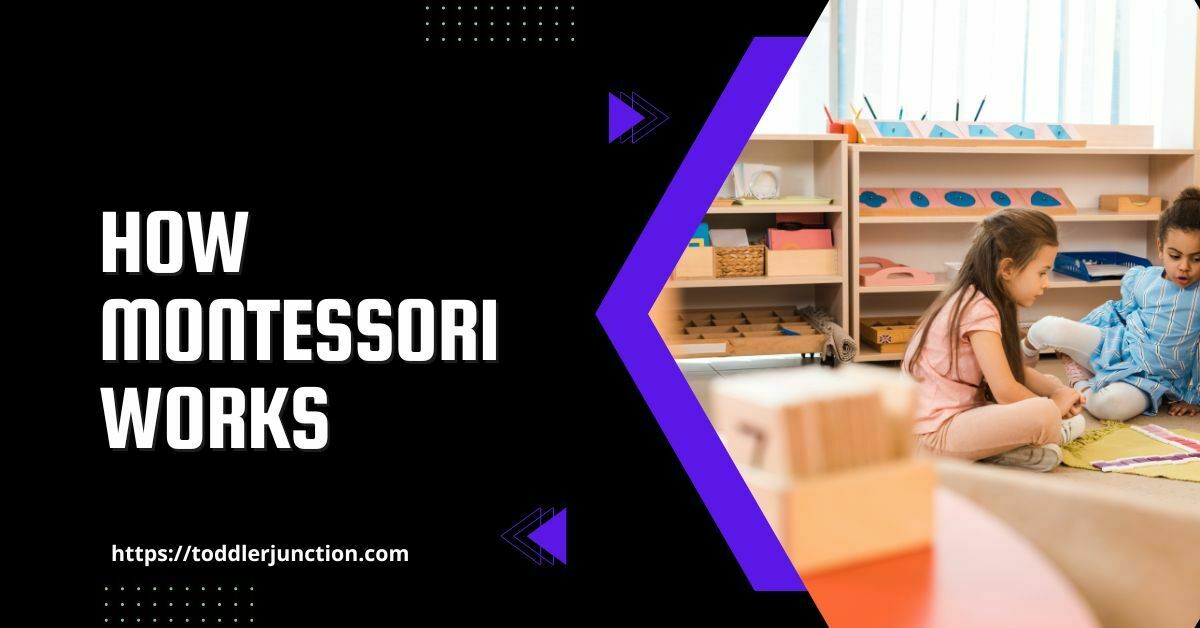Montessori is an educational approach developed by Italian physician and educator Maria Montessori. Based on her clinical observations of children, Montessori designed a child-centered educational method that promotes self-directed activity, hands-on learning, and collaborative play.
In Montessori classrooms, materials and activities are designed to appeal to all five senses and support different types of learners. Students are encouraged to move freely around the classroom and work at their own pace. The goal is to help each child reach their full potential.
The Montessori method has been used for over 100 years in public and private schools worldwide. Today, there are more than 22,000 Montessori schools in over 110 countries.
A brief history of Montessori
The Montessori method of education was founded in the early 1900s by Italian physician and educator Maria Montessori. Based on her work with disadvantaged children, Montessori developed a child-centered approach to education that emphasized independence, flexibility, and collaboration.
In the Montessori classroom, students are encouraged to explore and learn at their own pace, with teachers acting as guides. Classrooms are typically designed to accommodate mixed-age groups of students, who often work together on projects and learn from each other.
Despite its long history, the Montessori method is still considered innovative and ahead of its time. In recent years, there has been a resurgence of interest in Montessori education as more parents and educators look for alternatives to traditional schooling.

How does Montessori work?
Montessori is a teaching method based on the belief that all children can learn and succeed. The Montessori method is designed to help each child reach their full potential by providing them with a stimulating and supportive environment.
In a Montessori classroom, children can move around and choose activities that interest them. There is a wide range of Montessori materials available for the children, and the teachers provide guidance and support as needed. This allows children to learn at their own pace and helps them to develop a love of learning.
The benefits of a Montessori education
While each Montessori school is unique, all Montessori schools share certain core values and beliefs. One fundamental tenet of Montessori education is that children learn best when actively engaged in their learning. This means that students in a Montessori school are encouraged to explore, question, and discover independently rather than passively sitting in a lecture hall and listening to a teacher.
Another fundamental tenet of Montessori education is that all children are capable of learning, regardless of their socio-economic background or other factors. This is why Montessori schools typically have a very diverse student body. All children are welcome in a Montessori school and are valued for their unique contributions to the community.
Finally, Montessori education is founded on the belief that each child is an individual with unique needs and abilities. This means that rather than being treated as one-size-fits-all, each child in a Montessori school is respected as an individual and given the tools they need to thrive.
Montessori in the 21st century
Montessori in the 21st century is a teaching method built around children’s natural development. It is based on the work of Dr. Maria Montessori, who designed her educational approach to meet the needs of children in the early 20th century.
The Montessori method has been adapted and updated over the years to meet the needs of 21st-century learners. Montessori classrooms today are often found in public and private schools, as well as in home-based and online learning environments.
Montessori education is characterized by several key features, including student-centered learning, hands-on learning experiences, and an emphasis on democratic principles.
In a Montessori classroom, students are encouraged to explore their interests and to learn at their own pace. Teachers act as guides rather than instructors and work to create an environment where all students can succeed.
Inside the Montessori School
Reference
cmpspreschool


